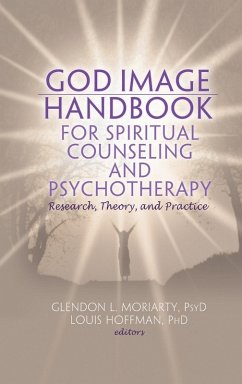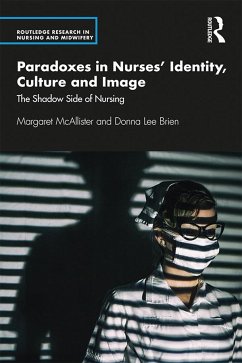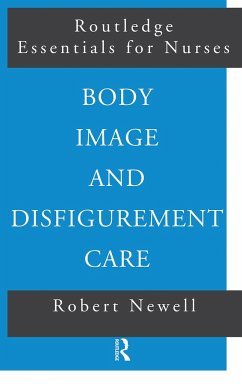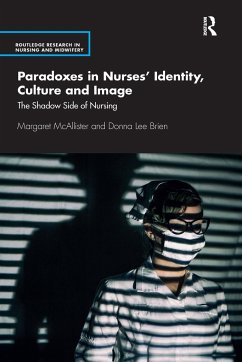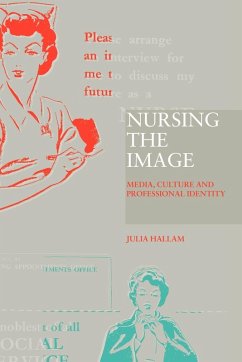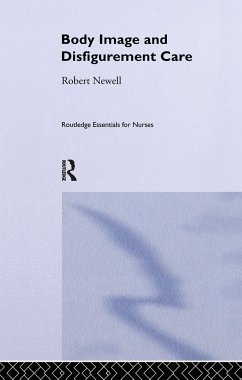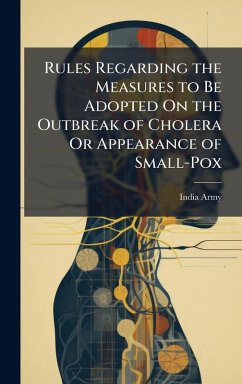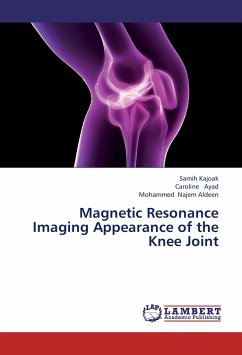
The Image and Appearance of the Human Body
Versandkostenfrei!
Versandfertig in 1-2 Wochen
69,99 €
inkl. MwSt.
Weitere Ausgaben:

PAYBACK Punkte
35 °P sammeln!
First Published in 1999. First Published in 1999. This is the final volume of 10 from the international library of psychology, looking at physiological psychology and focuses on the image and appearance of the human body, Studies in the Constructive Energies of the Psyche. This book attempts to achieve a deeper insight into the nature of the creative process and emphasizes the constructive psychic effort by which new entities are created. Emergent evolution and gestalten in the psychic sphere are not merely data which are given to us as a present; they have to be obtained by struggling.







